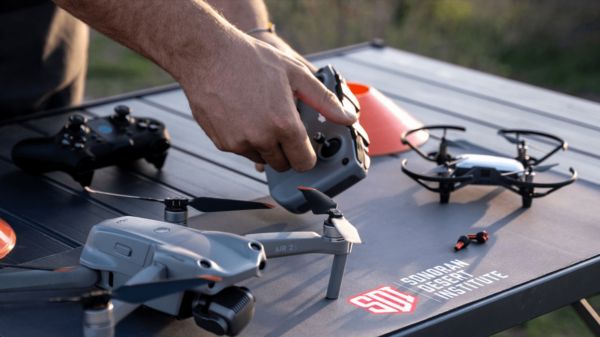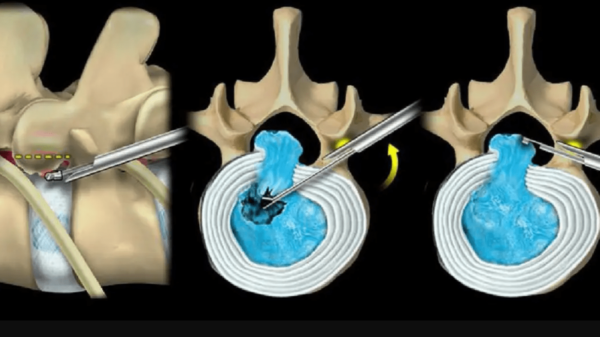Advances in personalized medicine are offering new ways to manage, as well as prevent chronic conditions like diabetes. Joe Kiani, founder of Masimo and Willow Laboratories, recognizes the importance of integrating digital tools into long-term care. One of the more promising innovations is the use of digital twins, virtual models of individual patients that simulate biological systems using real-time data.
In diabetes care, where small decisions can have lasting effects, digital twins allow providers and patients to preview how treatments or lifestyle adjustments might work before making real-world changes. This shift supports a more proactive, tailored approach, giving patients and clinicians a clearer path forward, with less reliance on trial and error.
What Are Digital Twins in Healthcare?
In engineering, digital twins have long been used to model the performance of machines and systems before making physical changes. In healthcare, the same concept is now being applied to human biology. A digital twin is a data-driven virtual model of an individual that integrates medical history, genetics, lifestyle habits, medication responses and biometric readings to reflect a person’s health in a dynamic, responsive way.
This virtual model is not a simple simulation. It adjusts and updates in response to real-time data, making it possible to run “what-if” scenarios that predict how a patient might respond to various interventions. Whether testing a new insulin regimen, adjusting dietary intake or modeling exercise impact, a digital twin offers clinicians a way to preview outcomes, before committing to a course of action.
Applying Digital Twins to Diabetes Care
Diabetes management requires constant adjustment and responsiveness. Glucose levels shift based on dozens of variables including meals, activity, stress, illness, sleep and more. Traditional approaches rely on population-level guidelines, but every person with diabetes responds differently. This makes trial-and-error treatment frustrating, time-consuming and sometimes dangerous.
Digital twins allow clinicians to simulate the effect of medication changes or behavioral shifts in a personalized context. Instead of adjusting and waiting to see what happens, providers can test outcomes, within the digital twin first. If the model predicts glucose spikes from a planned medication change, the provider can reconsider before the patient ever experiences the risk.
This not only improves safety but can also enhance confidence in treatment decisions and reduce the emotional burden of managing such a highly sensitive condition.
Real-Time Feedback for Better Decision-Making
One of the strengths of digital twins is their ability to integrate real-time data. As more patients use wearable fitness devices and digital food logs, the information flowing into these models becomes increasingly precise. A digital twin doesn’t just run fixed scenarios. It responds to new data as it arrives and adapts its predictions accordingly.
For example, if a patient’s blood sugar unexpectedly rises after lunch, that detail can be recorded and used to refine predictions for future meal responses. Over time, this feedback loop helps tailor care to reflect how someone’s body behaves, not just how it’s expected to behave based on averages.
This constant adjustment improves decision-making by:
- Flagging risky patterns before they lead to complications
- Suggesting real-time adjustments to improve metabolic control
- Enabling earlier intervention based on predicted declines in stability
- Reducing over-treatment by distinguishing between temporary fluctuations and lasting trends
These capabilities make the digital twin a valuable companion for providers and patients aiming to achieve better control with less guesswork.
Reducing Trial-and-Error in Diabetes Management
When a diabetes care plan needs to change, there is often no clear way to know how the body will respond until the change is already underway. A provider might adjust a medication or suggest a new routine, but results can take days or weeks to become clear. In that time, blood sugar may swing unpredictably, and patients may feel uncertain or discouraged.
Digital twin models help reduce this uncertainty by simulating possible outcomes in advance. Before making a real-world change, providers can explore how a proposed adjustment might affect blood sugar patterns or treatment timing. This helps inform better choices and makes it easier for patients to understand the reason behind the plan.
More patients are now using these tools directly. Many platforms offer clear visualizations that show what could happen with specific dietary shifts or activity levels. This preview helps patients feel more prepared and more involved in their care. Joe Kiani explains, “Digital twins act like an AI-powered mirror, reflecting a patient’s unique biology in real time. They allow doctors to test different diabetes treatments virtually, so care can be smarter, safer, and more personalized before it even begins.” That perspective highlights the need for tools that support real decisions, not just data analysis.
Challenges and Ethical Considerations
While digital twin technology is promising, it is still developing. Not every system is ready to be deployed on a scale. Creating accurate virtual models requires high-quality data, secure integration across platforms and strong protections for patient privacy.
Health equity is also a concern. If digital twins are built on data from select populations, they may not perform as well for individuals whose profiles differ from the training data. Making sure AI models are developed with inclusivity in mind is essential to ensuring all communities can benefit, regardless of background, genetics, or access to care.
Another consideration is maintaining patient trust. Digital tools must be explained clearly and used in ways that support, not override, clinical judgment. Patients should feel that technology enhances their care, not that an algorithm is treating them.
The Future of Simulation in Personalized Care
As technology grows, the use of digital twins is expected to expand across many areas of medicine. For diabetes, this could mean models that include hormonal fluctuations, microbiome data or emotional health metrics. Future models may be able to simulate the long-term impacts of decisions made today, giving patients a clearer picture of how lifestyle choices affect their health over time.
Eventually, these tools may become part of routine care. A clinician might begin a visit by reviewing recent changes in the patient’s digital twin, comparing real and predicted data and making proactive adjustments to improve outcomes. Patients could use easy-to-navigate interfaces that show them how their daily choices impact their long-term health.
A Smarter Way to Personalize Diabetes Care
Digital twins are redefining what it means to personalize care in diabetes management. By offering a safe space to simulate and refine treatment strategies before they’re applied in real life, these models reduce uncertainty and support better outcomes. They shift the experience from reactive to proactive, giving patients and providers greater confidence in each step forward.
With thoughtful integration and continued innovation, digital twins are paving the way for smarter, safer and more personalized treatment decisions for diabetes. They represent not just a technological advance but a meaningful change in how we approach chronic care patient by patient, plan by plan, outcome by outcome.
















































You must be logged in to post a comment Login